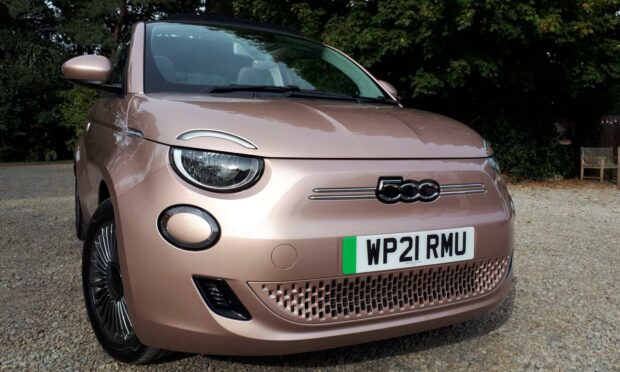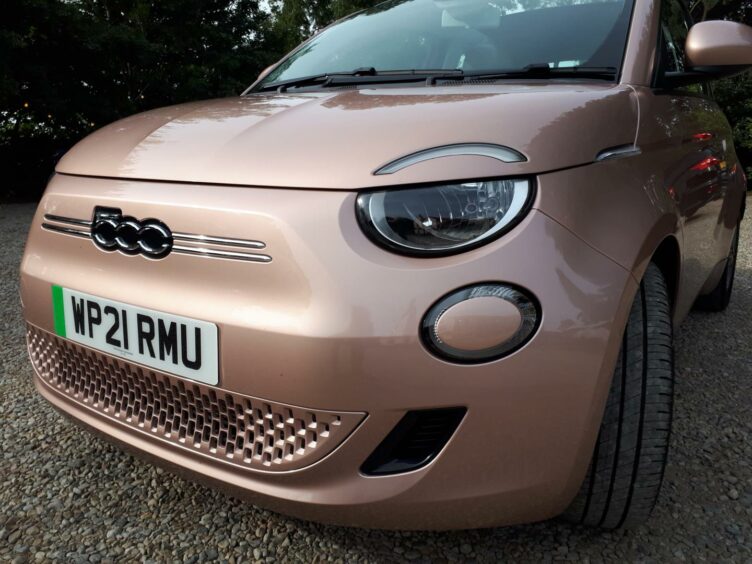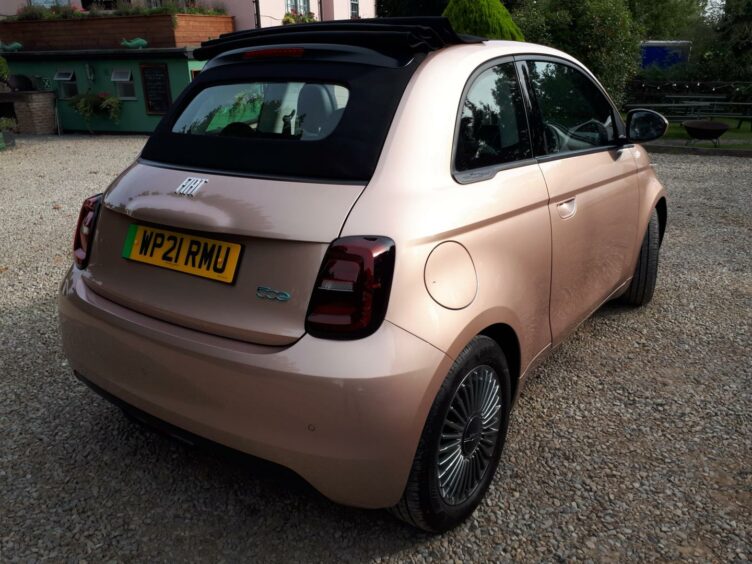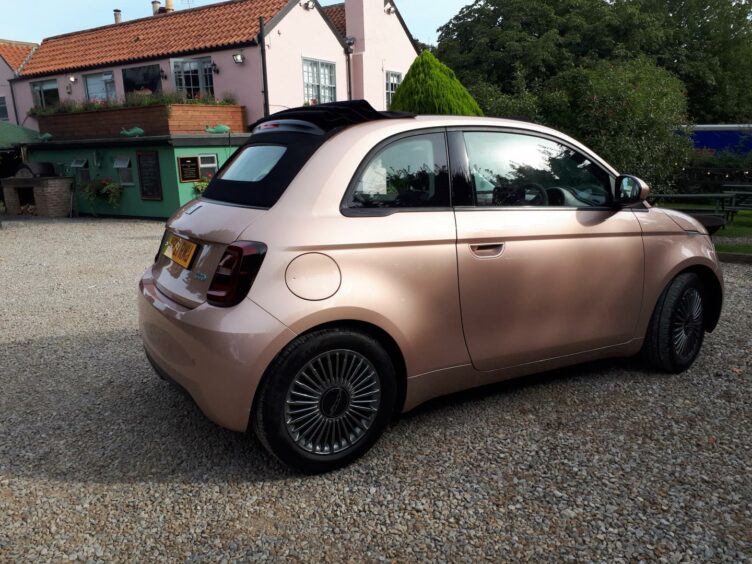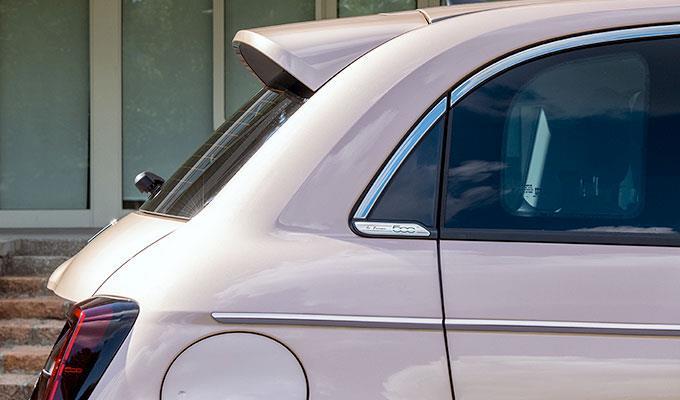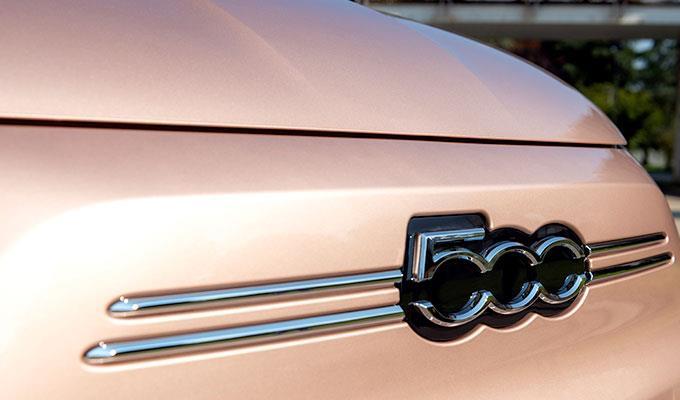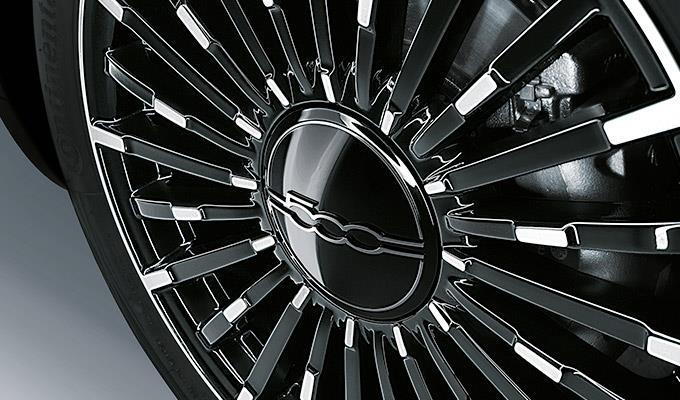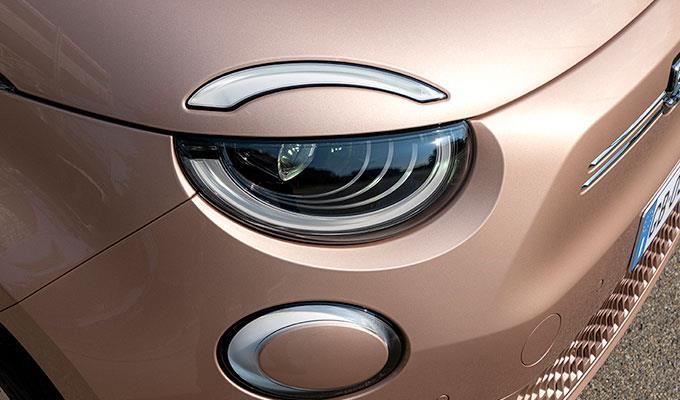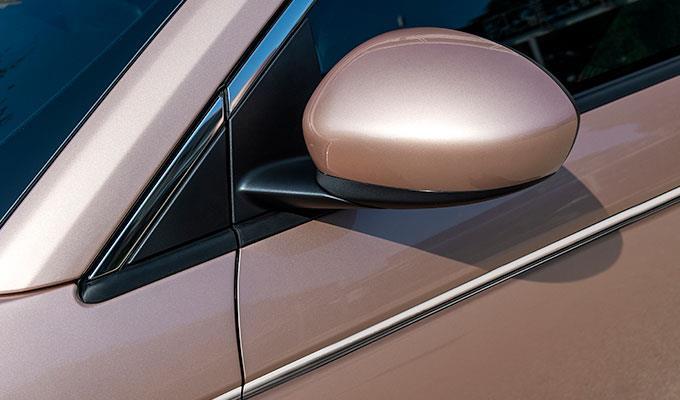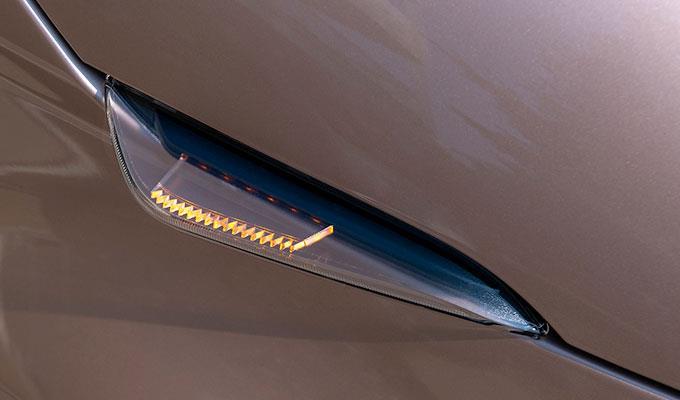Any decent car won’t stand still for long, but there’s one in particular which has definitely moved with the times.
Way back in 1957, the Fiat 500 burst onto the market as one of the first purpose-built city cars as a successor to the cute and appealing Topolino.
It was certainly small, under ten feet long and powered by a tiny 479cc, two-cylinder, air-cooled engine in the boot.
It was remarkably agile. A few years ago I saw a farmer in Tuscany drive one through his vineyard at the height of a thunderstorm, while I was left bogged down in the clay soil in my Land Rover Discovery.
On its 50th birthday, Fiat played a masterstroke, launching the new 500, replicating the character of the original but moving the engine to under the bonnet and powering the front wheels.
It’s been a huge success with the style-conscious who loved its quirkiness and reference to the past, in the same way that the BMW-built MINI and revived VW Beetle have appealed to those who’re happy to pay a bit more for something a little different.
Over the years, there have been a couple of variations – mainly enlargements to offer greater space inside for families.
But now the third generation of the model has taken the bold step of being electric-only, once again being right at the forefront of changing trends.
It’s still one of the smallest cars on the road and now with electric power, it’ll compete with the other style statement, the British-built MINI Electric as well as others in the segment like the innovative Honda e from Japan, the French Renault Zoe and Peugeot e-208 and the British-branded Vauxhall Corsa-e, which is also French-owned and built in Spain.
The standard hatchback is a sensible choice given our weather, but the featured test car is the convertible option which costs about £3,000 more and is better fun when you get the chance to lower the fabric roof, which can go part of the way back as a big sunroof or fold flat with the rear window.
The car’s paint job of Rose Gold might be seen as questionable but it certainly made it stand out on our grey roads and I was lucky to find a hotel in almost the same shade so that it blended into the landscape of the car park.
It was in the mid-range Icon spec which with a 42kWh battery can achieve a claimed range of 305 miles and from a rapid charger up to 80 per cent in 40 minutes.
It’s a city car and is most at home on urban streets where the light steering and short wheelbase make it a delight for tight manoeuvres but even on the open road, it’s happy to stretch its legs, if only for short periods.
Like all electric cars, power and torque is instantaneous and with a good battery regeneration set-up you not only keep the reserves topped up, you can master the one-pedal system of driving where you rarely have to touch the brake pedal to slow down or even come to a stop.
There are three driving modes and everything is a simple ‘point and go’ with a straightforward set of P, R, N or D buttons in the middle of the dash.
The overall look of the car is eye-catching, even without the distinctive body colour. The front has a solid grille with a big 500 in the centre and the big bug eyes are built into that, and stretch up into the bonnet.
The front indicator repeaters are subtly built into a small gash above the wheel arches and the door handles merge into the doors to help with the aerodynamics. The rear end looks familiar but is slightly different from the previous model with more protruding taillights and a redesigned boot lid.
The interior is clean and minimalist but there’s plenty of the technology you’d expect, with a 10.25-inch touchscreen with navigation, rear view parking camera, lane assist, blind spot warning and adaptive cruise control.
All of the upholstery is made out of 100% recycled material and the £900 Comfort Seats Pack certainly felt good.
It’s classed as a four-seater but it would be a struggle for any adult to get in the back without their knees under their chins and bent double. And the boot is tiny.
But this isn’t designed as family transport or a load-lugger.
It’s a stylish piece of kit which is fun to drive and with the roof down you can enjoy the wind in your hair, satisfied in the knowledge that going all-electric is helping to keep that air nice and fresh.
The Facts
Model: Fiat 500e Convertible Icon automatic
Price: £30,645 (£31,545 as tested – less £2500 Gov grant)
0-62mph: 9 seconds
Top speed: 93mph
Economy: 305 miles
CO2 emissions: 0g/km
